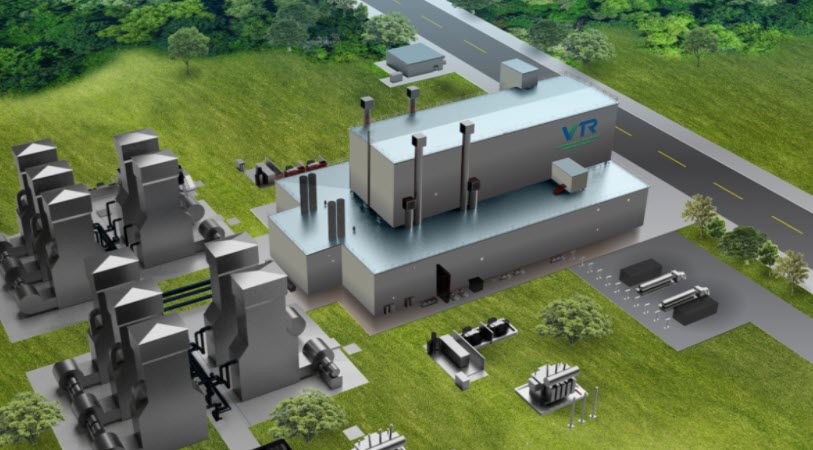Office of Nuclear Energy
Oil & Gas 360 Publishers Note: This is good news as we try to get a “balanced power” to help the environment. Having all types of renewable, hydro, nuclear and clean fossil fuels is a good thing.
WASHINGTON, D.C. – The U.S. Department of Energy (DOE) today announced it expects to publish the draft Environmental Impact Statement (EIS) for the Versatile Test Reactor (VTR) in mid-December 2020. The VTR is a leading-edge, fast-spectrum test reactor that will support research and development of innovative nuclear energy technologies.
DOE’s Office of Nuclear Energy established the VTR program in 2018 in response to requests from U.S. companies and to the Nuclear Energy Innovation Capabilities Act (NEICA), which called for a reactor-based fast neutron source to be in place in the mid-2020s.

The draft EIS, which is being prepared in accordance with the National Environmental Policy Act (NEPA), will analyze the potential environmental, community, and cultural resource impacts of locating and operating the VTR at either Idaho National Laboratory (INL) or Oak Ridge National Laboratory as well as fabricating fuel to power VTR at either INL or DOE’s Savannah River Site. The publication of the draft EIS reflects DOE’s commitment to design, construct, and operate VTR in a manner that protects the public and the environment.
“The Versatile Test Reactor continues to be a high-priority project for DOE to ensure nuclear energy plays a role in our country’s energy portfolio,” said Secretary of Energy Dan Brouillette. “Examination of the environmental impacts reflects DOE’s commitment to clean energy sources and will serve as an example for others looking to deploy advanced reactor technologies.”
Since DOE established the VTR program, a team of experts from national laboratories, universities and industry has been developing a design, cost estimate and schedule for VTR.
“The VTR team has done a great job of meeting the expedited schedule that Congress set for the project,” said Dr. Rita Baranwal, Assistant Secretary for DOE’s Office of Nuclear Energy. “The team has developed a strong conceptual design that will help fill this long-standing gap in our country’s research infrastructure, and will support decades of energy innovation.”
DOE will make a final decision on the design, technology selection, and location for VTR following the completion of the EIS and Record of Decision, which is expected in late 2021.
News Media Contact: (202) 586-4940







